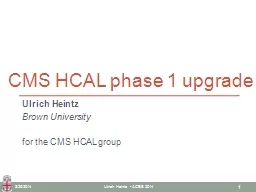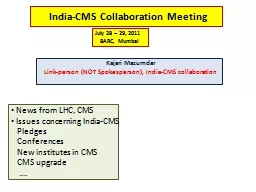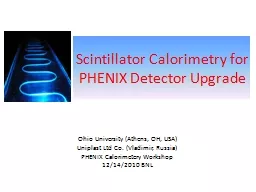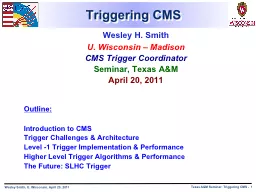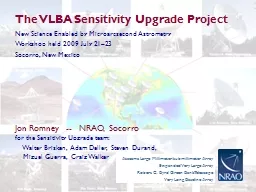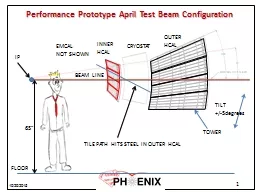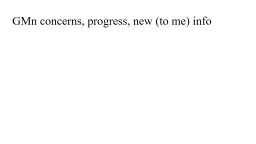PPT-CMS HCAL phase 1 upgrade
Author : experimentgoogle | Published Date : 2020-06-18
Ulrich Heintz Brown University for the CMS HCAL group 3202014 Ulrich Heintz ACES 2014 1 CMS hadron calorimeters 3202014 Ulrich Heintz ACES 2014 2 HBHE barrel
Presentation Embed Code
Download Presentation
Download Presentation The PPT/PDF document "CMS HCAL phase 1 upgrade" is the property of its rightful owner. Permission is granted to download and print the materials on this website for personal, non-commercial use only, and to display it on your personal computer provided you do not modify the materials and that you retain all copyright notices contained in the materials. By downloading content from our website, you accept the terms of this agreement.
CMS HCAL phase 1 upgrade: Transcript
Download Rules Of Document
"CMS HCAL phase 1 upgrade"The content belongs to its owner. You may download and print it for personal use, without modification, and keep all copyright notices. By downloading, you agree to these terms.
Related Documents

